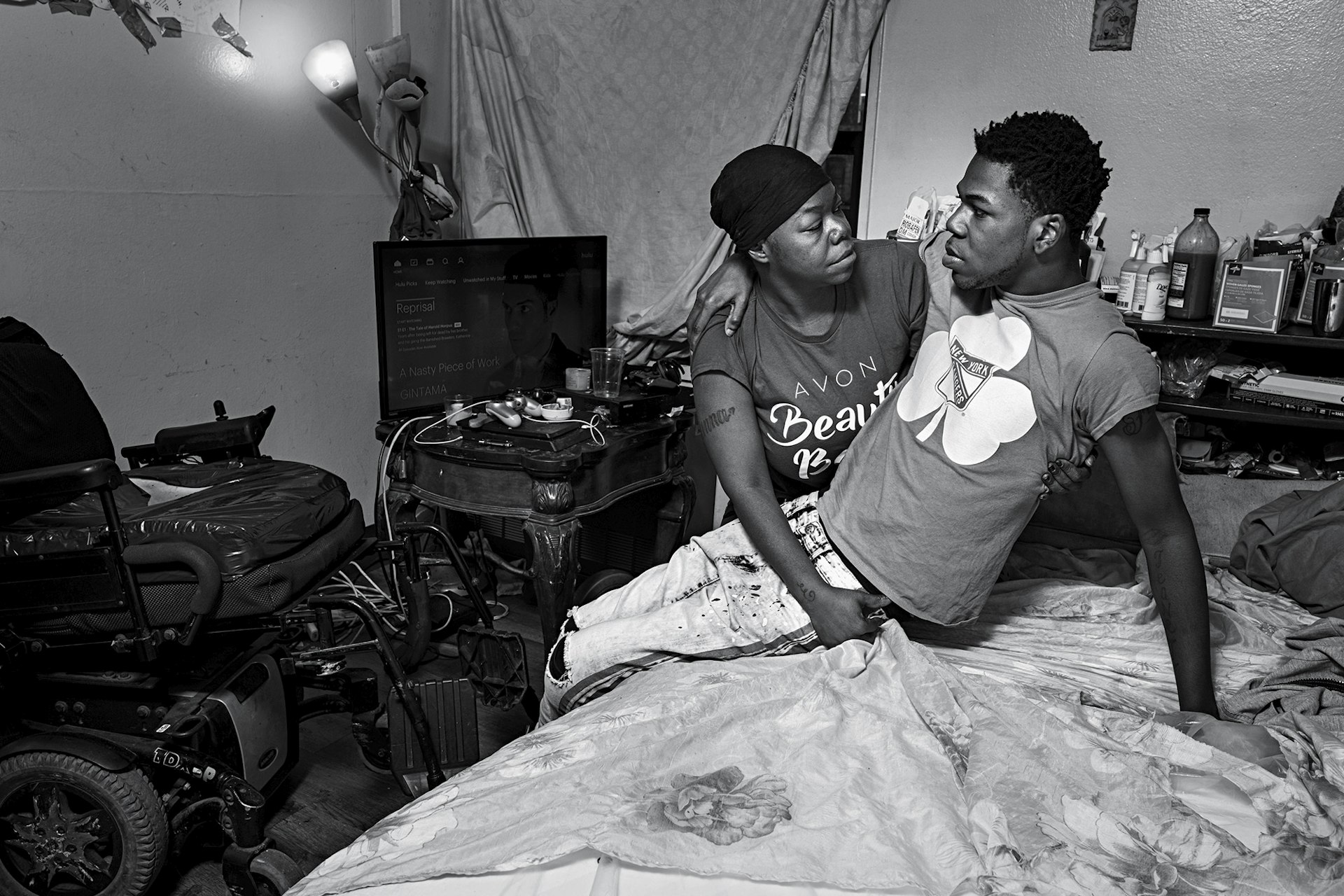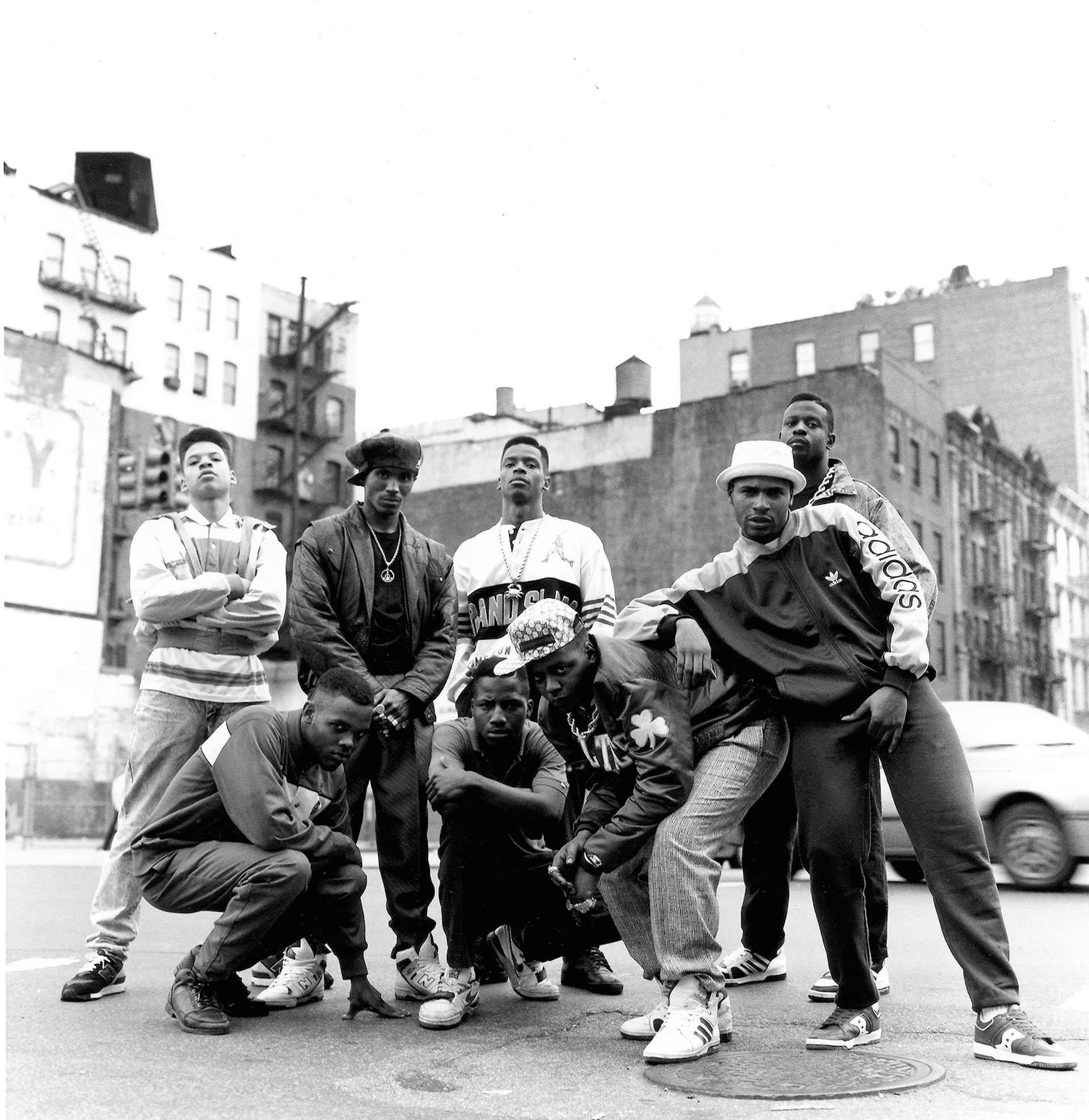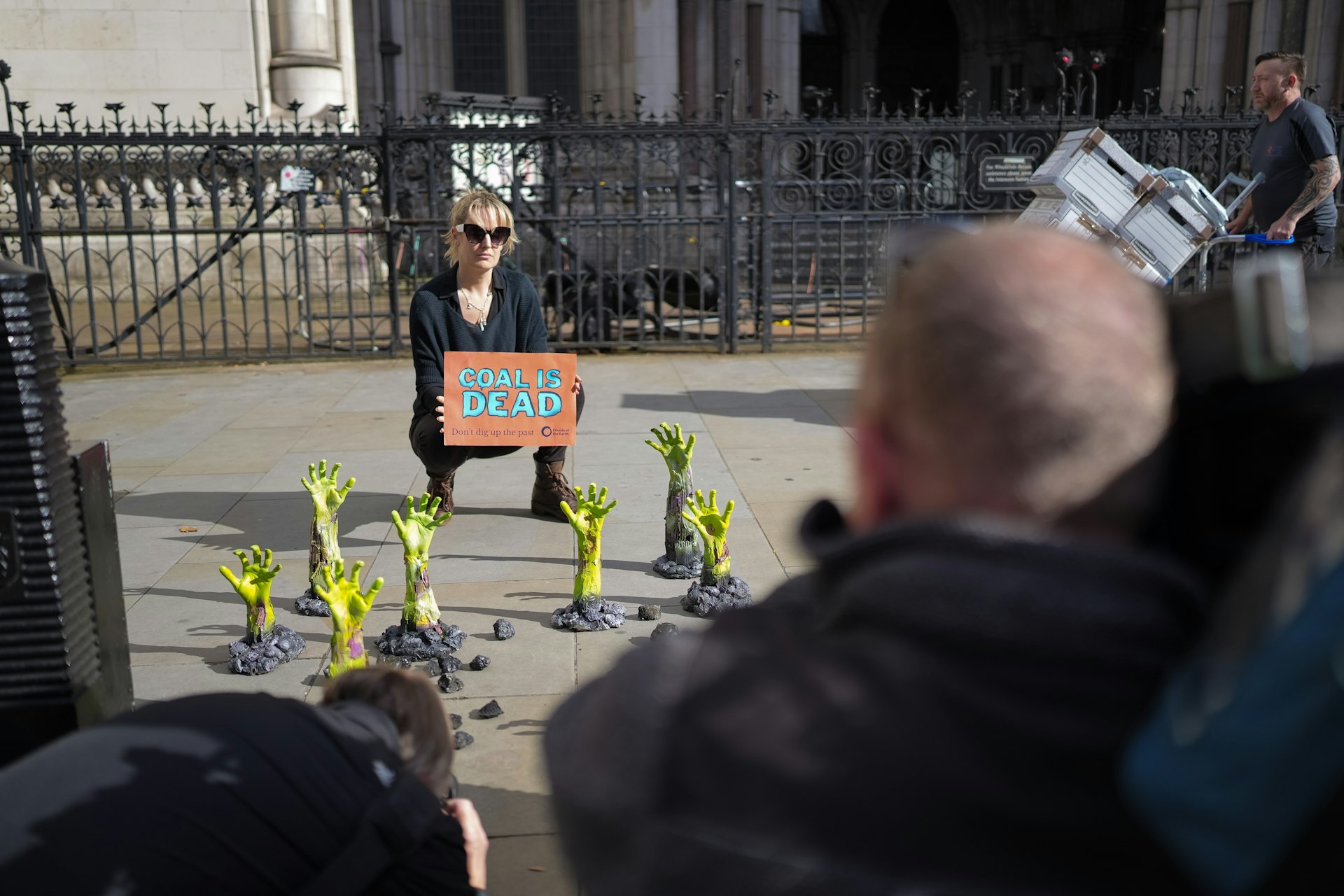Revolutionary portraits of Black life in apartheid South Africa
- Text by Miss Rosen
- Photography by Ernest Cole

Black South African photographer Ernest Cole (1940-1990) was just eight-years-old when the National Party instituted apartheid in 1948. Growing up in a small township in Pretoria, Cole bore witness to the harrowing impact of racial segregation as he came of age.
“He was among the first generation to experience Hendrik Verwoerd’s vision of Bantu Education, which restricted the education of Africans to serve the labor needs of the South African economy,” says Leslie Matlaisane, a representative of the Ernest Cole Family Trust and Cole's nephew.
Rather than accept a third class education, Cole quit school in 1957. The following year, he joined Drum, the revolutionary magazine dedicated to Black SA culture where he met artists and activists dedicated to the emerging anti-apartheid movement.


Inspired, Cole began chronicling the daily lives of Black South Africans with warmth, empathy and understanding. From the late 1950s to mid-60s, he documented the insidious spread of apartheid into every corner of their lives – be it housing, transportation, employment, healthcare, education or penal system – despite becoming a target for surveillance and intimidation by the state himself.
In 1966, Cole made the ultimate sacrifice for his homeland and went into exile in to publish his groundbreaking 1967 book, House of Bondage, which exposed global audiences to the harrowing realities apartheid for the very first time.
“The captions in Mr. Cole’s book are as piercing as his pictures of Black life under apartheid in South Africa,” says Matlaisane. “The texts match the photographs in communication and impact. They offer a mix of explanation and experience that drives home the despair and existential absurdity of life for Black South Africans.”




In response to the critical and commercial success of House of Bondage, South Africa banned Cole and the book in 1968, leaving him stateless for the remainder of his life. “When he left South Africa he thought he would focus his talents on other aspects of life, which he assumed would be more hopeful, and [have] some joy to it,” says Matlaisane.
Over time Cole’s fortune dimmed and his photographs were forgotten. He died in 1990 at age 49, just one week after Nelson Mandela was released from prison. Then, in 2017, a cache of more than 60,000 negatives thought lost for over 40 years was discovered safely tucked away in a Swedish bank, inspiring a new look at this seminal body of work.


After six decades, Ernest Cole: House of Bondage is back in print. Published in conjunction with exhibitions at the Museum of Modern Art in New York and Foam in Amsterdam, the book now includes a previously abandoned chapter titled “Black Ingenuity” that features images of Black SA musicians, artists, actors and athletes who worked out of the famous Dorkay House in Johannesburg.
The chapter is a revelation whose time has come. “Mr. Cole spent much of his lifetime struggling to overcome the shackles of expectation placed on him to live a lifetime being a chronicler of misery and injustice and callousness,“ Matlaisane explains. “It is important to understand that a total man does not live one experience.”
“Ernest Cole: House of Bondage” opens May 5, 2023, at the Museum of Modern Art in New York and will be on view through June 14, 2023, at Foam in Amsterdam. The book is published by Aperture.
Latest on Huck

Autism cannot be cured — stop trying
A questionable study into the ‘reversal’ of autism does nothing but reinforce damaging stereotypes and harm, argues autistic author Jodie Hare.
Written by: Jodie Hare

Bristol Photo Festival returns for second edition
After the success of it’s inaugural run, the festival returns this autumn with exhibitions, education and community programmes exploring a world in constant motion through still image.
Written by: Ben Smoke

Documenting the life of a New York gang leader paralysed by gun violence
New photobook ‘Say Less’ is a complex yet humanising look into a life wrecked by gun violence and organised crime.
Written by: Isaac Muk

The woman who defined 80s Hip Hop photography
A new exhibition brings together Janette Beckman’s visionary and boundary pushing images of an era of cultural change and moral panic.
Written by: Miss Rosen

In photos: the dogs of Dogtown
A new photobook documents Venice Beach’s four legged friends and their colourful cast of owners.
Written by: Isaac Muk

Inside the battle to stop coal
As the legal challenge against Britain’s first deep coal mine in 30 years reaches the High court, we talk to activists at the centre of the fight to stop it.
Written by: Ben Smoke